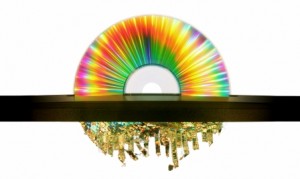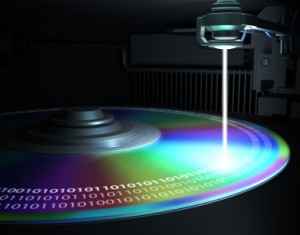This article is revisiting the topic of casing and giving a more up to date analysis of what is available and popular at the moment.
Over the last few years there has been a great shift in the type of CD/DVD casing chosen by customers.This is partly due to the increasing access we all have to the digital world, where personalising and producing bespoke products is much easier and ever more professional in outcome.
Whether you are a band selling at gigs or a school producing a play or a company producing product or financial information it matters how you present your CD/DVD to your customer or client.
What are your choices?
The first decision to be made is whether you want printed parts with information on for your customer to read…if you don’t then your options are:
FOR YOUR CDS
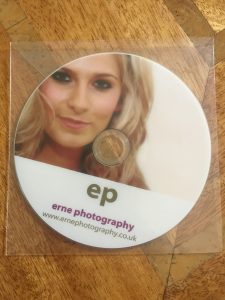 A plastic Clam Shell Case or a plastic wallet ; both of these will allow your onbody print on the CD to show through and are a good and really low cost option.
A plastic Clam Shell Case or a plastic wallet ; both of these will allow your onbody print on the CD to show through and are a good and really low cost option.
The plastic wallet comes in single or double versions and also those used for inserting into books and magazines with clear self adhesive strips.
If you do want printed parts there are a wealth of options and things to consider.

By far the most popular form of casing currently is the card wallet which we print in full colour on both sides.
The Card Wallet
We have noticed a real shift in sales over the last couple of years and this has grown in popularity to become our best selling case option.There are many reasons for its popularity not least because it is very eco-friendly,unbreakable and easy to post. It is most popular however because you can tailor the wallet to print photos , text…whatever you choose…and end up with an inexpensive bespoke product printed on high quality fsc certified 350 gsm box board.
You can then choose to have these cellobagged or shrinkwrapped just to create the complete profession look or for selling online.
The CD Digi-Pak

Along side this is the CD digi-pak which is a 4 page card option with a clear or black tray for the CD to sit in; this gives
 all the same benefits as a card wallet but has the more sturdy plastic tray for the CD to sit in.
all the same benefits as a card wallet but has the more sturdy plastic tray for the CD to sit in.
And finally in the card range is the 4 page lancing pack which is a double card wallet with one side sealed with glue or left open for a booklet.
The CD Jewell Case
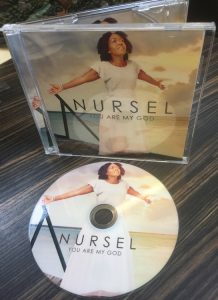
The CD Jewell Case….named because they are said to pick up light like jewells!! …. are transparent plastic, fitted with 2 arms that support the lid…these are by far the most traditional, and were the preferred option for many until recent times.
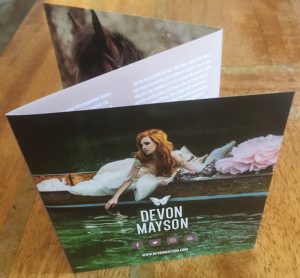
These too allow you to bespoke your order with 2,4,6 and 8 page booklets giving you the space to include all the information you want to; along with a rear tray,single or double sided for your track listings.
The jewell case also comes in a slimline version where there is no back tray so no art in the back, but still plenty of room for the booklet to be inserted in the front.We have the black tray option on the web-site but can order in a clear tray if you wish.
FOR DVDS
For your DVDS the same decision process applies as with CDS….Do you want printed parts?
As a DVD and a CD Disc are the same size you can have any of the CD casing options if you want to for your DVD….. we do have customers who choose to have a DVD in a slimline cd case for example or in a CD card wallet…..however we do offer some other packaging products which are particularly designed for the DVD.
 DVD Digi-pak These are made with the same high quality card as the cd digi-pak but are a different shape…rather more like a book …longer but nice and slimline in design.
DVD Digi-pak These are made with the same high quality card as the cd digi-pak but are a different shape…rather more like a book …longer but nice and slimline in design.
Our DVD customers mostly still choose the AMARAY standard DVD case made of plastic which comes in single,double,3,4,5,10 way and so on….
The Standard Amaray DVD Case
 They come in all colours but we advertised black and clear as they are by far the most popular.
They come in all colours but we advertised black and clear as they are by far the most popular.
The clear case gives you the option for a double sided wrap to be printed…the black for just single sided.
This traditional DVD casing can also be ordered with a DVD booklet 2 or 4 page.
Our web-site offers a free artwork creation tool and all the templates for both the disc art and printed paper parts are in our Artwork section. Artwork Creator
If you hover over the case options on the web-site you will also see an image and description of the case in question.After you have done this if you are still undecided give us a call and we’ll use our experience to help you decide. Instant Prices and Ordering
 Everyone at Duplication Centre: Martin,Mark,Una,Mark,Jo,Abi,Chanelle,Anna,Tig and Phil all wish you and you families a Very Happy Christmas!
Everyone at Duplication Centre: Martin,Mark,Una,Mark,Jo,Abi,Chanelle,Anna,Tig and Phil all wish you and you families a Very Happy Christmas!
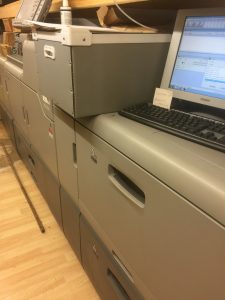 me designing artwork for their orders so with this in mind we invest in a State of the Art printer technology which is second to none for print production.
me designing artwork for their orders so with this in mind we invest in a State of the Art printer technology which is second to none for print production.



 all the same benefits as a card wallet but has the more sturdy plastic tray for the CD to sit in.
all the same benefits as a card wallet but has the more sturdy plastic tray for the CD to sit in.



